Contact Us
Contact Us
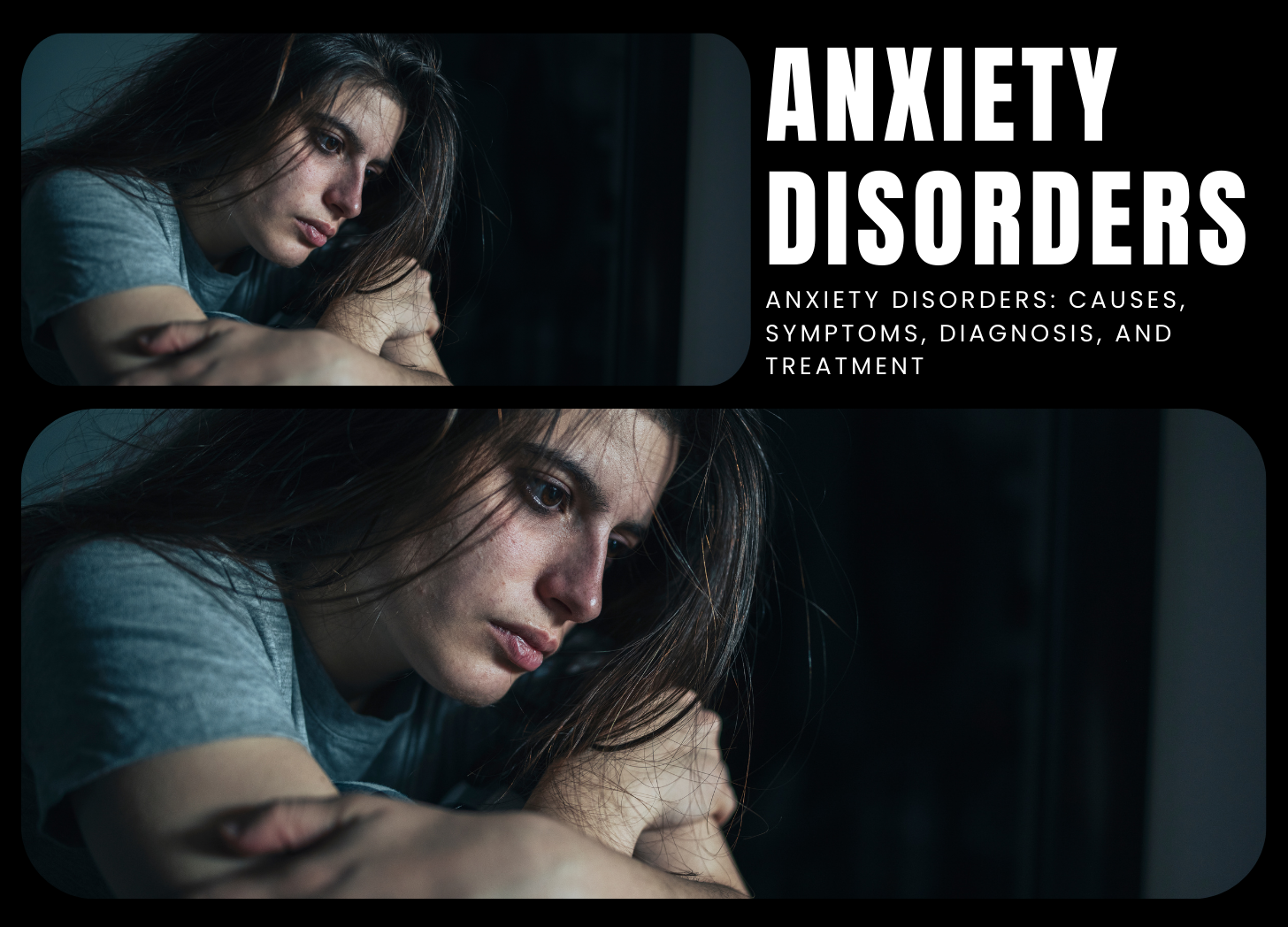
01 Jul 2024
Anxiety is a common human emotion characterized by feelings of worry, uneasiness, or fear about future events or uncertain outcomes. While occasional anxiety is a normal reaction to stress and can be useful in certain situations, such as motivating individuals to prepare for challenges, persistent or severe anxiety that interferes with daily life may indicate an anxiety disorder. Anxiety disorders are a group of mental health conditions characterized by excessive or irrational anxiety and fear, which can be debilitating and affect various aspects of life. Causes of Anxiety Disorders Anxiety…
READ MORE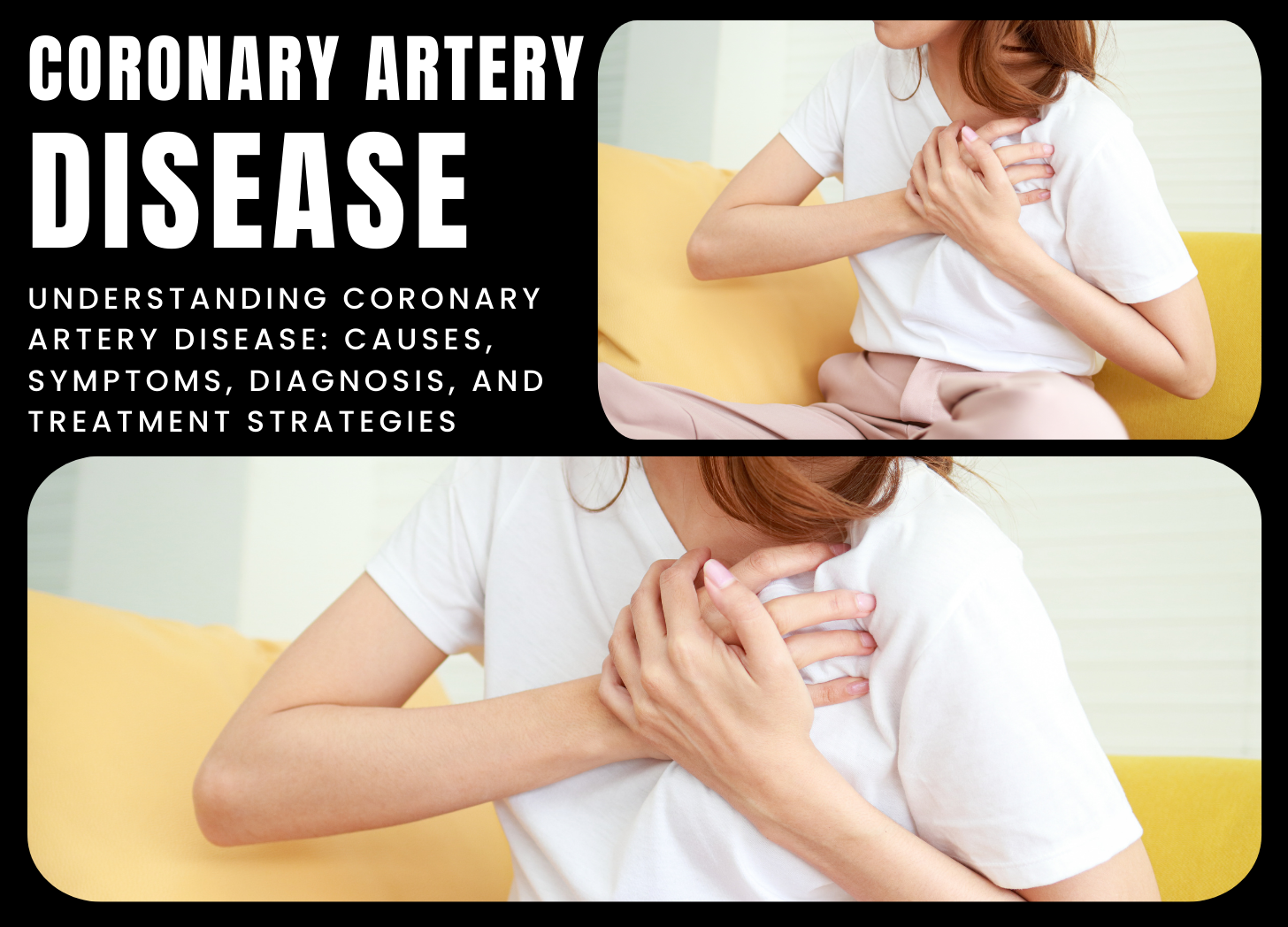
26 Jun 2024
Coronary artery disease (CAD) is a common and potentially deadly disorder marked by the narrowing or blockage of the coronary arteries, which provide oxygen-rich blood to the heart muscle. CAD typically develops over time as a result of plaque buildup—a combination of cholesterol, fatty compounds, calcium, and other materials—in the coronary artery walls, a process known as atherosclerosis. As plaque accumulates, it can impede blood flow to the heart, causing chest pain (angina), heart attacks (myocardial infarctions), and other cardiovascular issues. Causes and Risk Factors The primary risk factors for…
READ MORE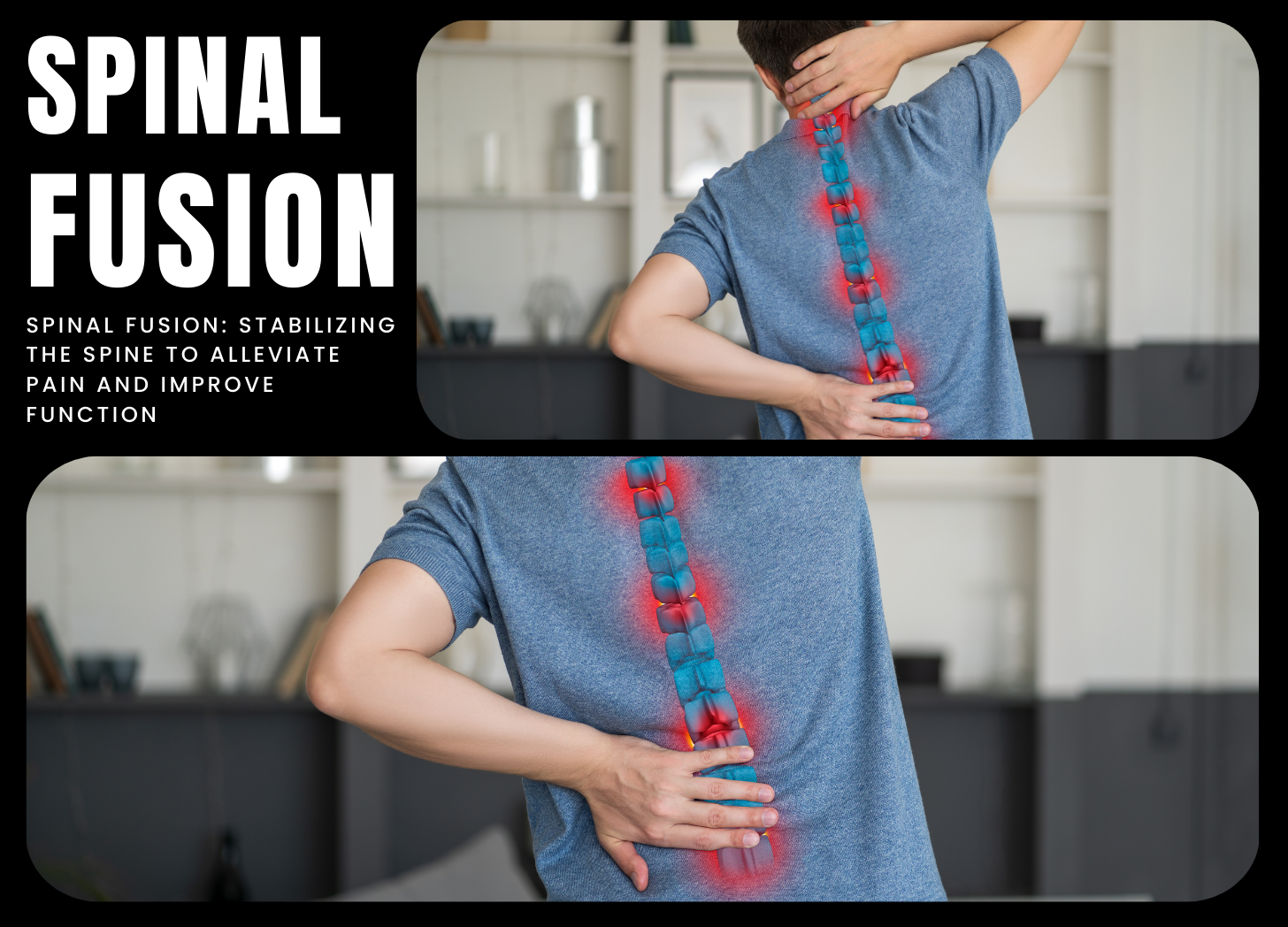
18 Jun 2024
Spinal fusion is a surgical procedure that permanently connects two or more vertebrae to address a variety of spinal issues, such as instability, deformity, or pain. The goal of spinal fusion is to stabilize the spine, alleviate pain, and improve overall spinal function. This surgery may be recommended for conditions including degenerative disc disease, spondylolisthesis, spinal stenosis, spinal fractures, scoliosis, and spinal tumors. The spinal fusion procedure involves removing the damaged or degenerated disc(s) between the affected vertebrae and inserting bone graft material or synthetic substitutes into the disc space…
READ MORE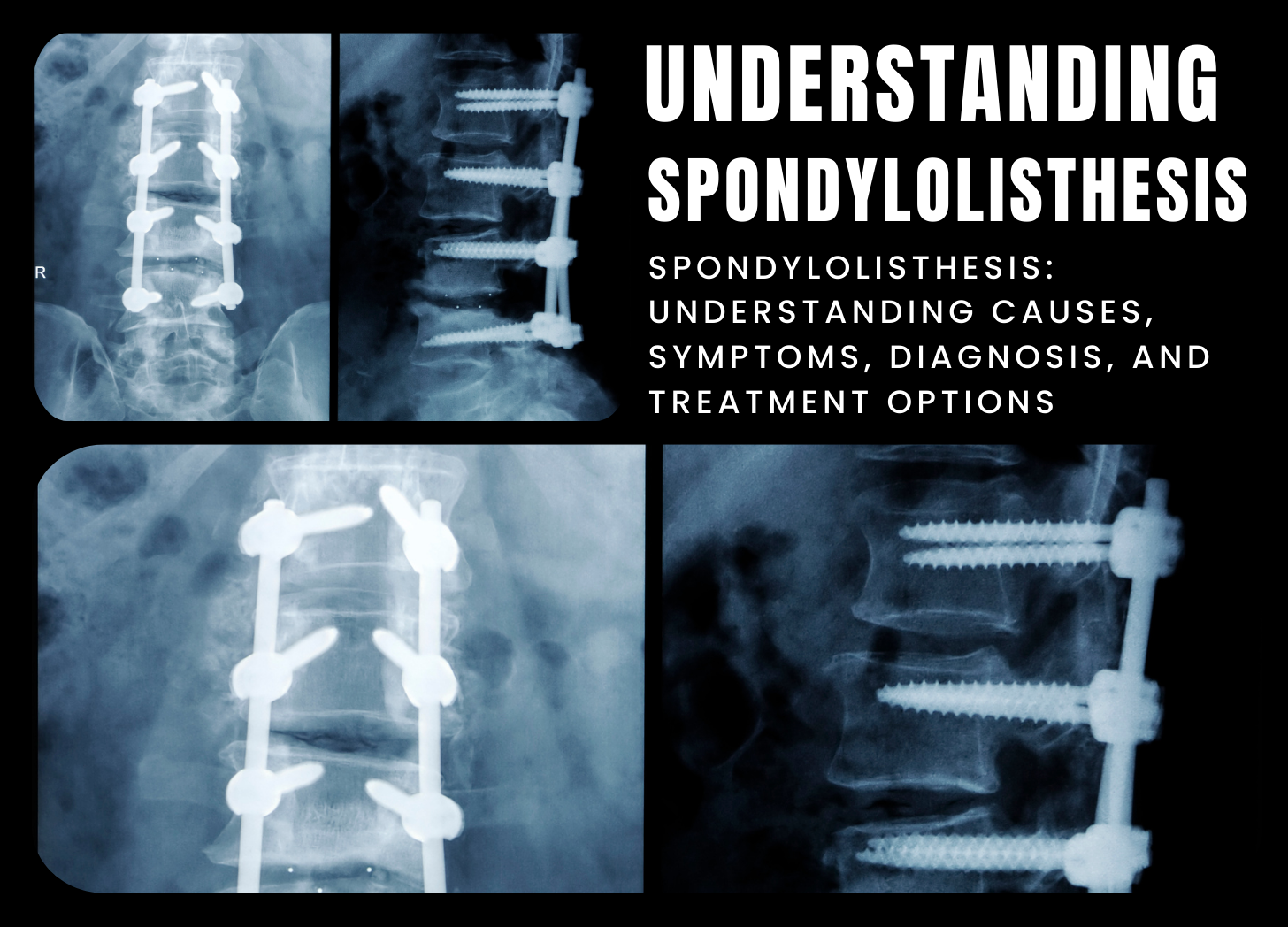
17 Jun 2024
Spondylolisthesis is a spinal condition characterized by the forward displacement of one vertebra over the vertebra beneath it. This displacement can occur anywhere along the spine but is most frequently found in the lower back (lumbar spine). Various factors contribute to spondylolisthesis, including congenital anomalies, degenerative changes in the spine, trauma, repeated stress injuries, and vertebral structural problems. One of the most common causes of spondylolisthesis is a defect or fracture in the pars interarticularis, a small bony segment that connects the facet joints at the back of the spine.…
READ MORE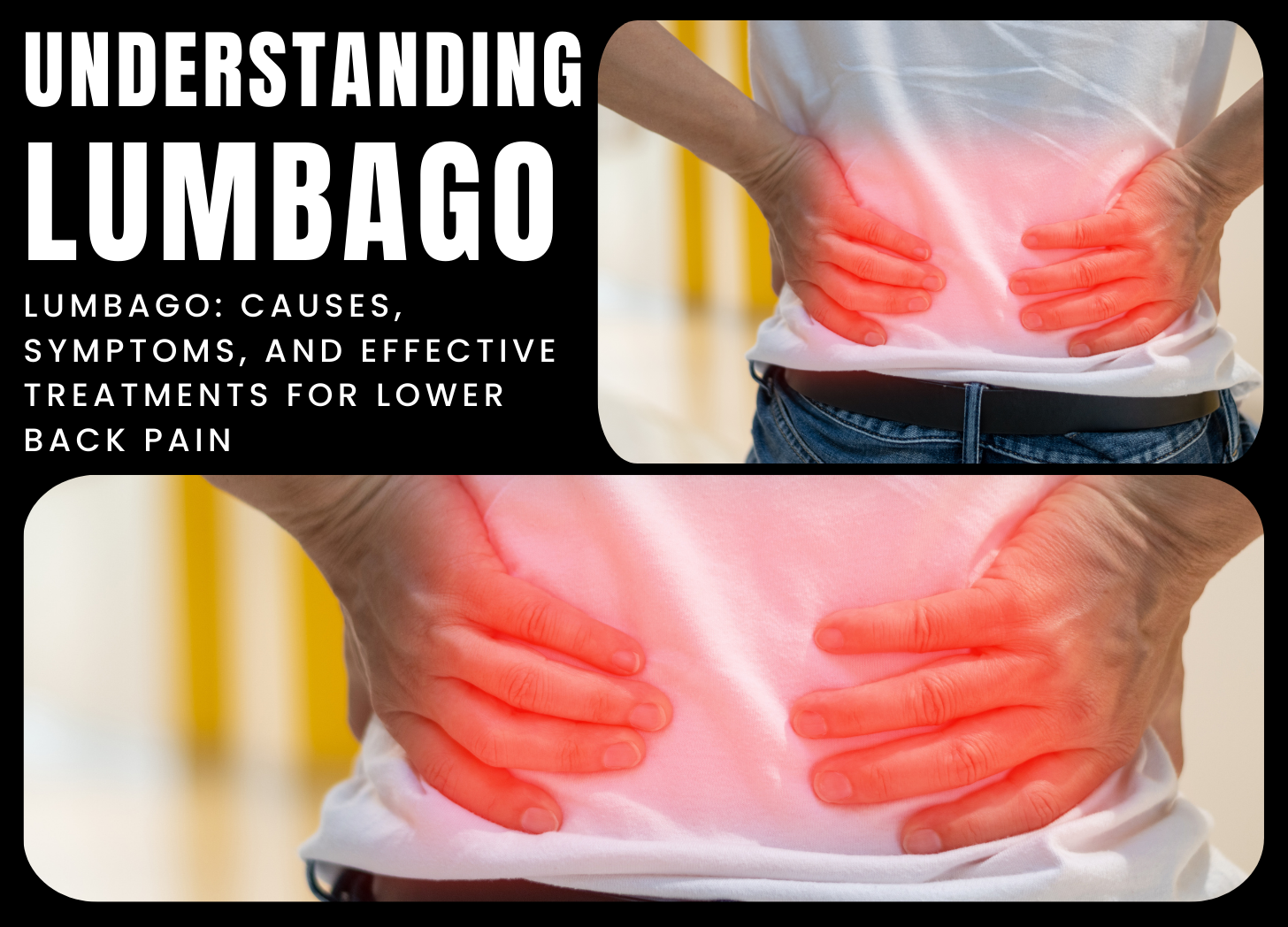
14 Jun 2024
Lumbago, often known as lower back discomfort, is a common musculoskeletal disorder affecting millions of individuals worldwide. It is characterized by pain, stiffness, or discomfort in the lower back, typically between the ribs and the pelvis. Lumbago can range from minor, temporary discomfort to severe, unrelenting pain that impairs daily activities and quality of life. While lumbago can be distressing, it is rarely indicative of a serious underlying medical condition and usually resolves with conservative treatment. Causes and Risk Factors Lumbago can arise from various factors, including muscle strain or…
READ MORE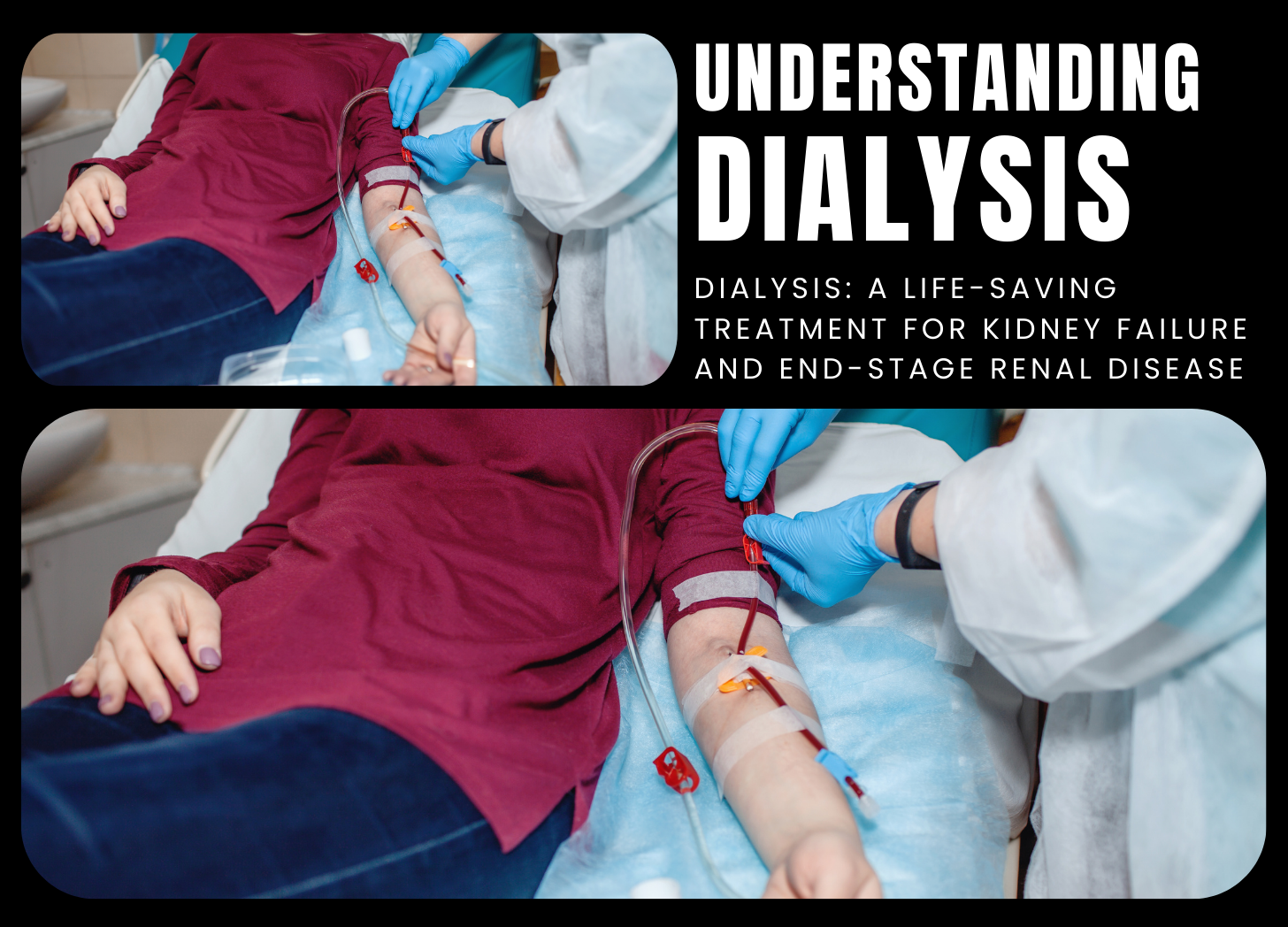
13 Jun 2024
Dialysis is a life-saving medical treatment for individuals with kidney failure or end-stage renal disease (ESRD), conditions where the kidneys can no longer adequately filter waste materials and excess fluid from the blood. This critical therapy helps maintain fluid and electrolyte balance, remove toxins and metabolic waste products, and regulate blood pressure, significantly enhancing the quality of life and extending the longevity of those with severe renal disease. There are two primary methods of dialysis: hemodialysis and peritoneal dialysis. Hemodialysis Hemodialysis involves using a machine called a dialyzer to filter…
READ MORE
12 Jun 2024
Asthma is a chronic respiratory disorder characterized by airway inflammation and constriction, causing recurrent wheezing, shortness of breath, chest tightness, and coughing. It affects people of all ages, with symptoms ranging from mild to severe, significantly impacting daily activities and quality of life. While there is no cure for asthma, effective treatment measures can help people manage their symptoms and live more active, fulfilling lives. The exact cause of asthma is unknown, but it is thought to result from a combination of genetic and environmental factors. Individuals with a family…
READ MORE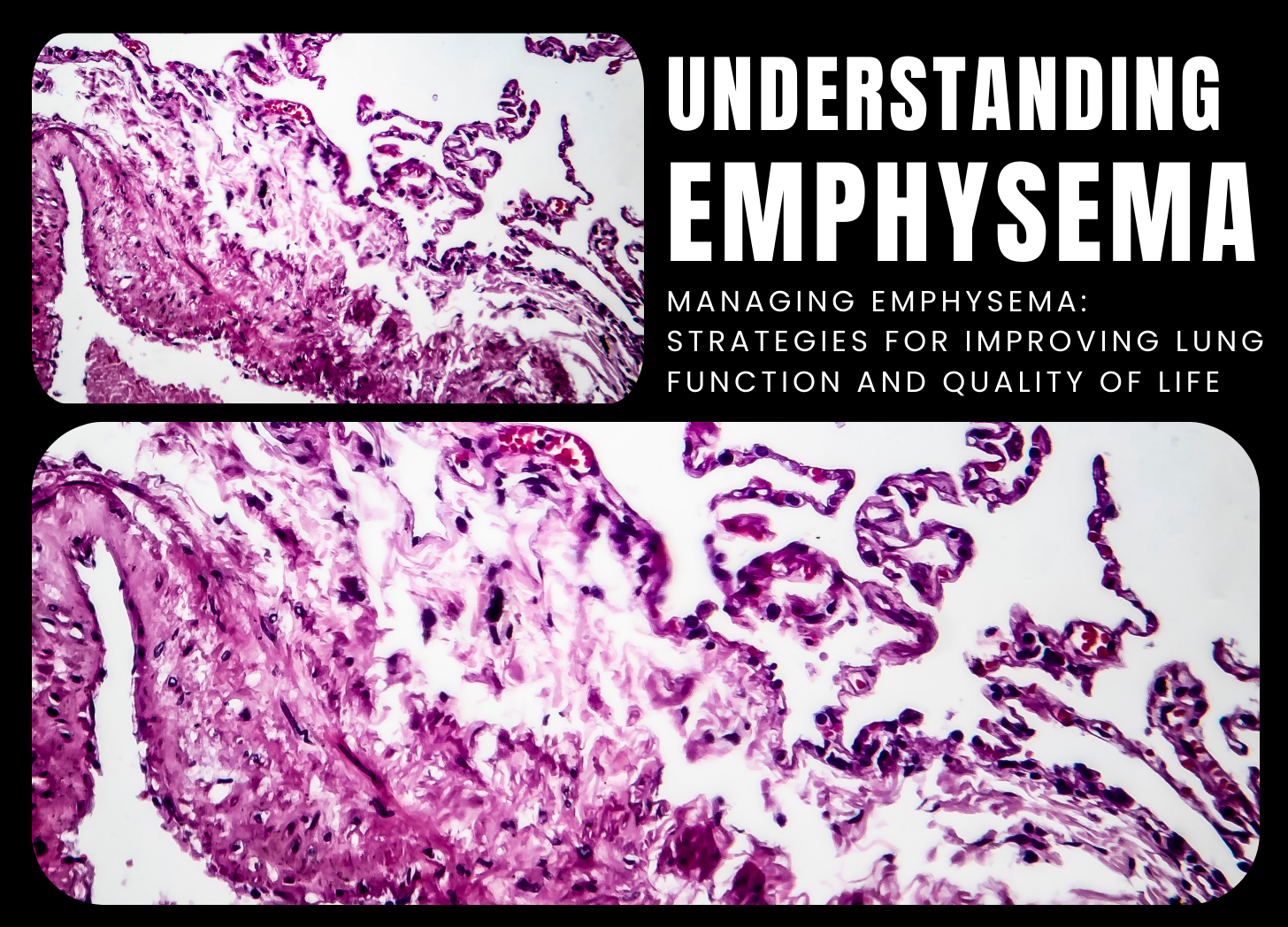
11 Jun 2024
Emphysema is a chronic lung disorder characterized by the progressive deterioration of the air sacs (alveoli) in the lungs. This degradation impairs the lungs' ability to efficiently exchange oxygen and carbon dioxide, leading to symptoms such as shortness of breath, coughing, wheezing, and chest tightness. Emphysema is often associated with chronic obstructive pulmonary disease (COPD), a group of lung disorders that includes chronic bronchitis. Causes and Risk Factors The primary cause of emphysema is prolonged exposure to irritants and toxins, especially cigarette smoke. Smoking is the leading cause, accounting for…
READ MORE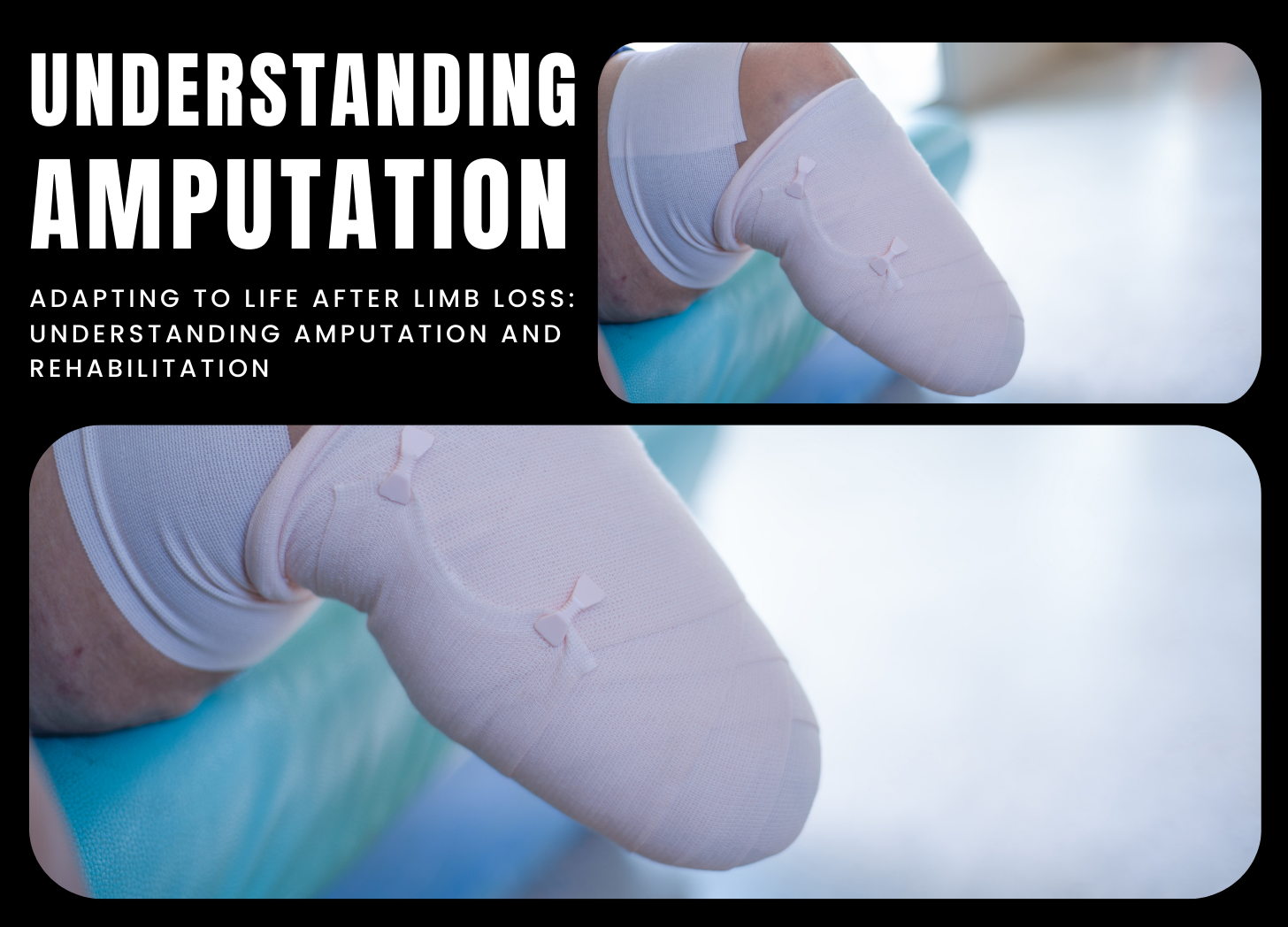
10 Jun 2024
Amputation is the surgical removal of a limb or a portion of a limb due to injury, disease, or other medical conditions. This life-altering procedure can have significant physical, emotional, and psychological consequences. Amputations are performed to remove damaged tissue, prevent the spread of infection, alleviate chronic pain, or enhance mobility and quality of life. Causes of Amputation Amputations may be necessary for various reasons, including: Traumatic injuries: Severe crush injuries, burns, or accidents causing irreparable damage to the limb. Peripheral artery disease: Poor circulation leading to tissue death. Diabetes:…
READ MORE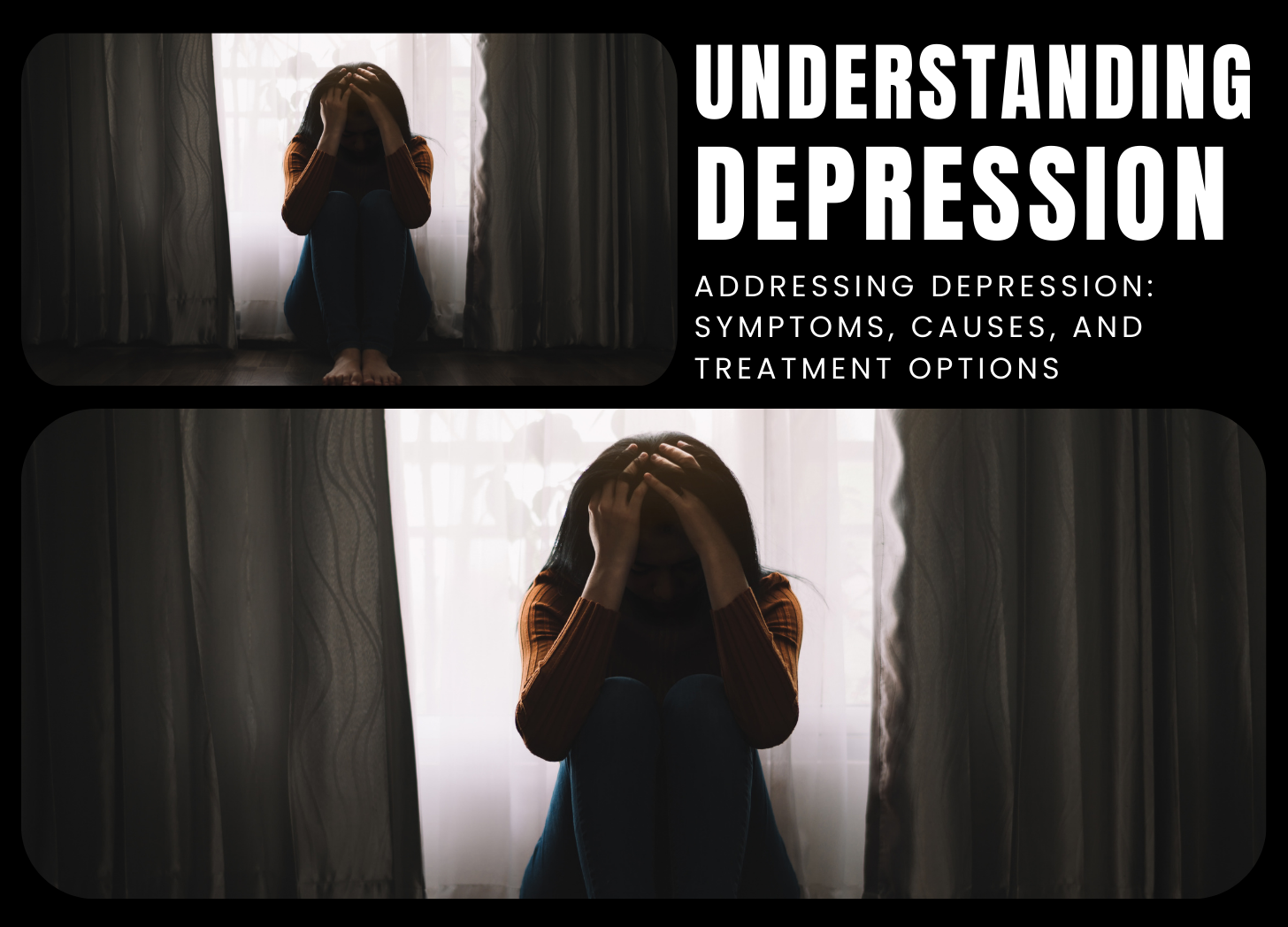
07 Jun 2024
Depression, a prevalent mental health disorder, is characterized by persistent feelings of sadness, hopelessness, and a lack of interest in previously enjoyed activities. It can affect individuals of all ages and backgrounds, impacting their emotional well-being, relationships, and overall quality of life. While occasional feelings of sadness are normal, depression is distinguished by enduring symptoms that significantly impair daily functioning. Symptoms of Depression Depression symptoms vary from person to person but may include: Persistent sadness Feelings of emptiness or worthlessness Irritability Loss of interest in hobbies or activities Changes in…
READ MORE